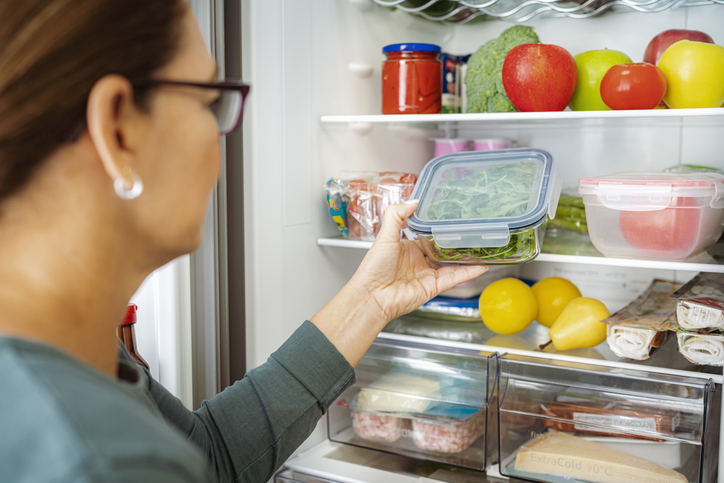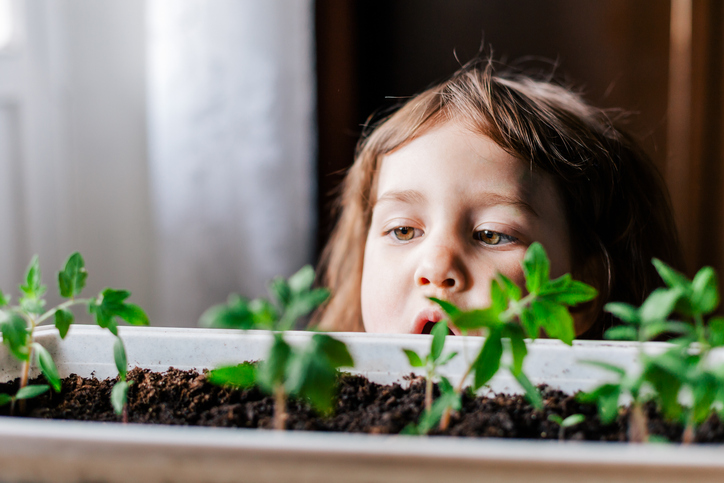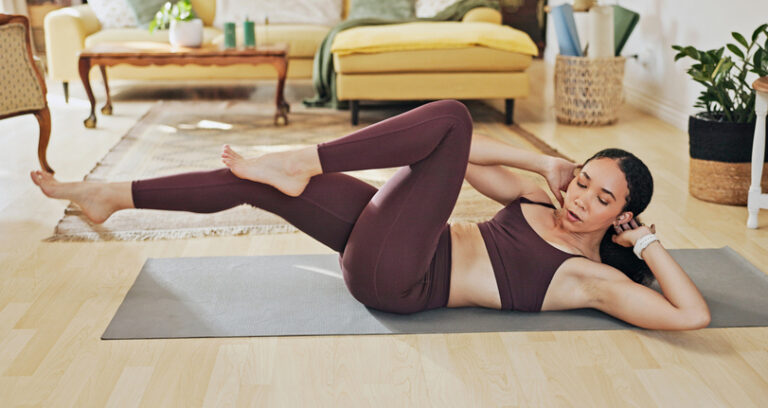In previous blogs we have covered tips that can Help Your Produce Last Longer, whether it’s knowing where to properly store your fruits and vegetables or knowing where your refrigerated foods belong. Today we will be covering additional tips and tricks when shopping and storing fresh fruits and vegetables that can extend the life of your food.
Shopping
In general, when purchasing fruits and vegetables, it is ideal to look for bright colors and vibrant hues as this indicates that the fruit has absorbed plenty of sun. The skin should be free from bruising, wrinkles, and decay. The texture should be firm and not soft and squishy. Any fruit or vegetables that have discoloration, fluids leaking, or an unpleasant aroma should be considered past their prime and not purchased. Avoid leafy fruits and vegetables that wilt or have browned as these are indicators that they are no longer ideal for use.
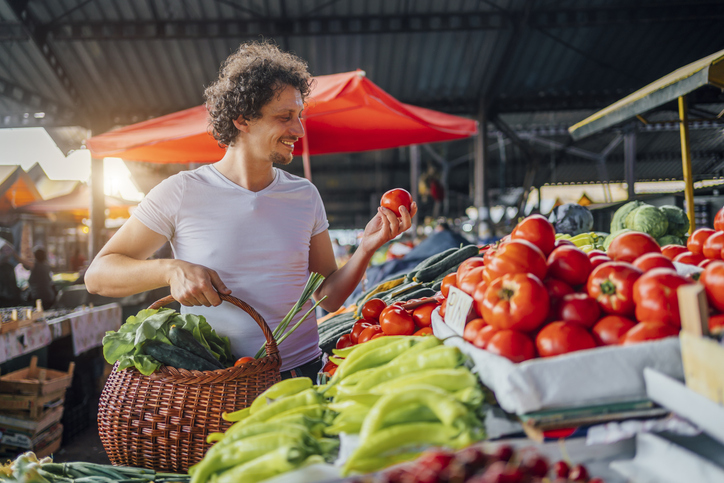
Some fruits and vegetables can be a bit more difficult to determine ripeness, but purchasing underripe produce can sometimes be a good idea. For example, an underripe avocado can be purchased for later use, while a ripe avocado can be purchased for immediate use. Checking the stem/wooden nub of the avocado can aid in determining its level of ripeness. An underripe avocado will consist of a firm texture when squeezed. The avocado will appear green and upon removal of the wooden nub it will display a bright yellow-green color. A ripe avocado will consist of a softer texture when squeezed but not mushy. It will appear a green-black color and the exposed stem area will appear a light-yellow green. An overripe avocado will consist of a soft mushy texture and will display a brown, beige color in the exposed stem area.
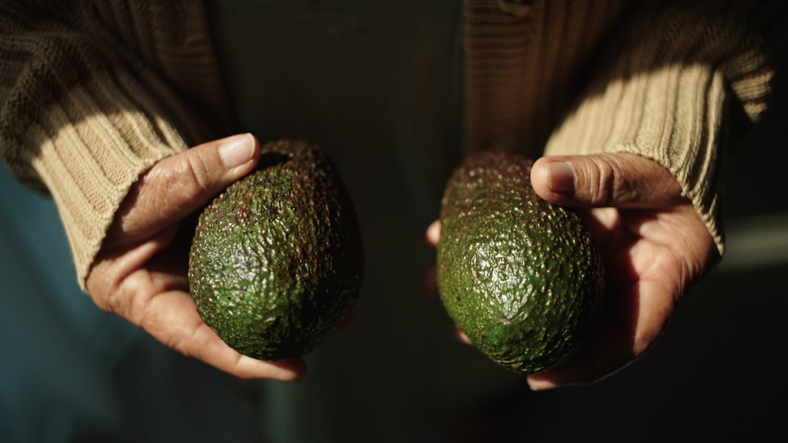
It can also be a challenge to determine the ripeness of melons. Ripe melons should feel heavy and appear dull rather than shiny. The field spot (the spot where the melon rested) should be a yellowish color and not white. A watermelon should make a deep hollow sound when thumped to indicate ripeness. Cantaloupes and honeydews should have a sweet, slightly musky smell in the stem end. The stem end should feel firm with a slight softness to the touch.
For more tips on shopping, creating a meal plan, and storing leftovers visit the Planning Healthy Meals page.
Storage Tips
Now that you have a better idea of how to shop for produce, let’s dive into tips that can help your produce last longer and taste better. Storing strawberries by removing the leafy stem area and placing them in a glass jar in the refrigerator makes them last longer than keeping them in their original package. Storing lemons in a glass jar full of water in the refrigerator will make them last up to 3 months. Alternatively, if you have bought too many lemons and worry that they may go bad past their prime you can juice the lemons and freeze the lemon juice in ice cube trays to add flavor to your water. Storing carrots and celery submerged in water in the refrigerator will allow celery to last up to two weeks and carrots up to one month. Storing an apple with potatoes will prevent the potatoes from sprouting.
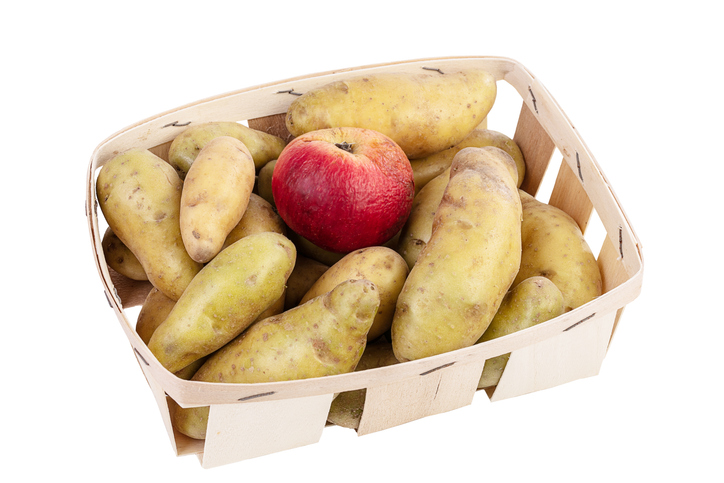
By following the tips in this post as well as our previous post, Keeping Our Refrigerators Organized, you can take charge of making informed produce purchasing decisions and extending the life of your fruits and vegetables. If you are interested in learning more about shopping and storing food, check out Shopping for and Storing Food Safely.
Did you find this blog post helpful? Please click the heart button!

